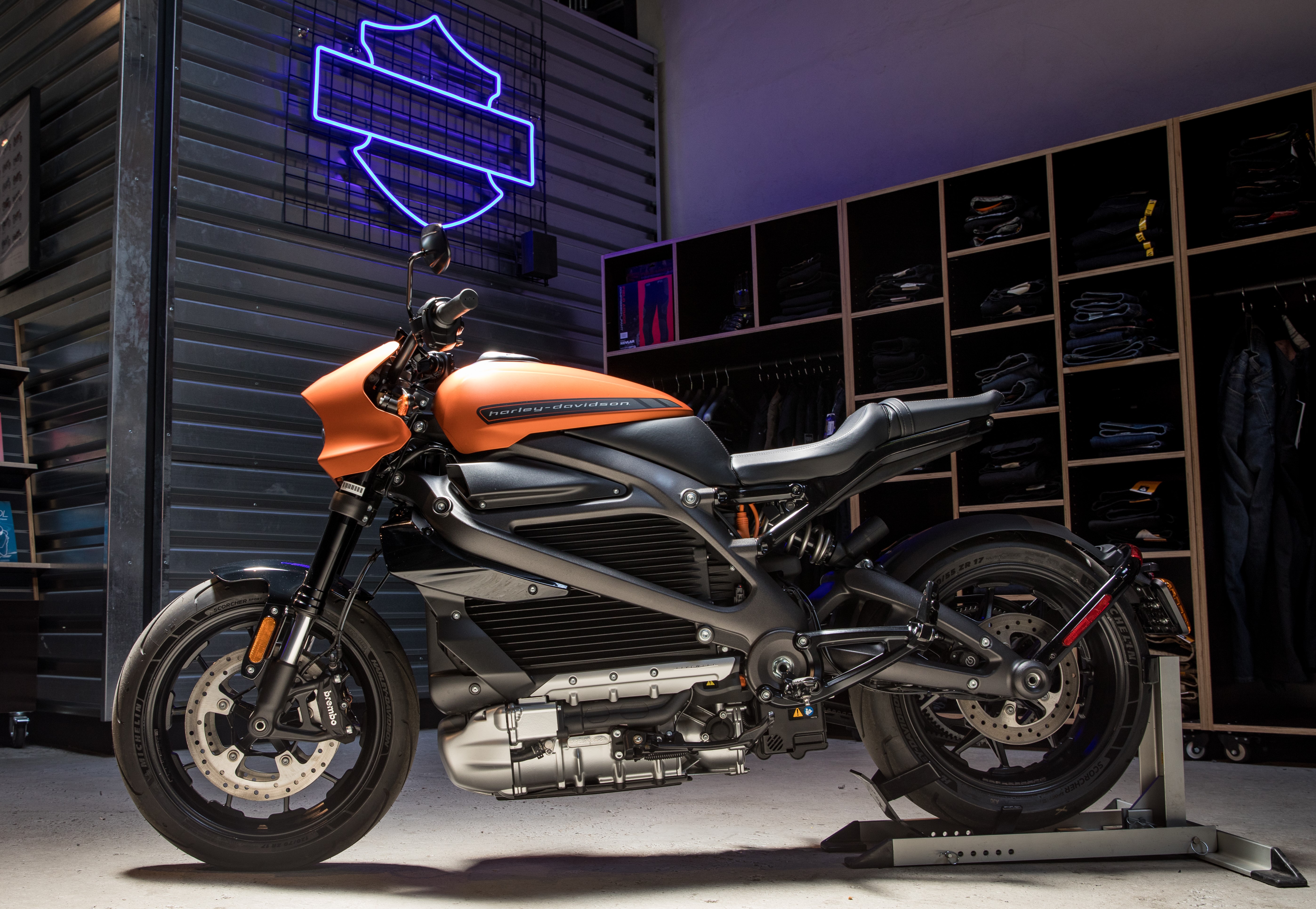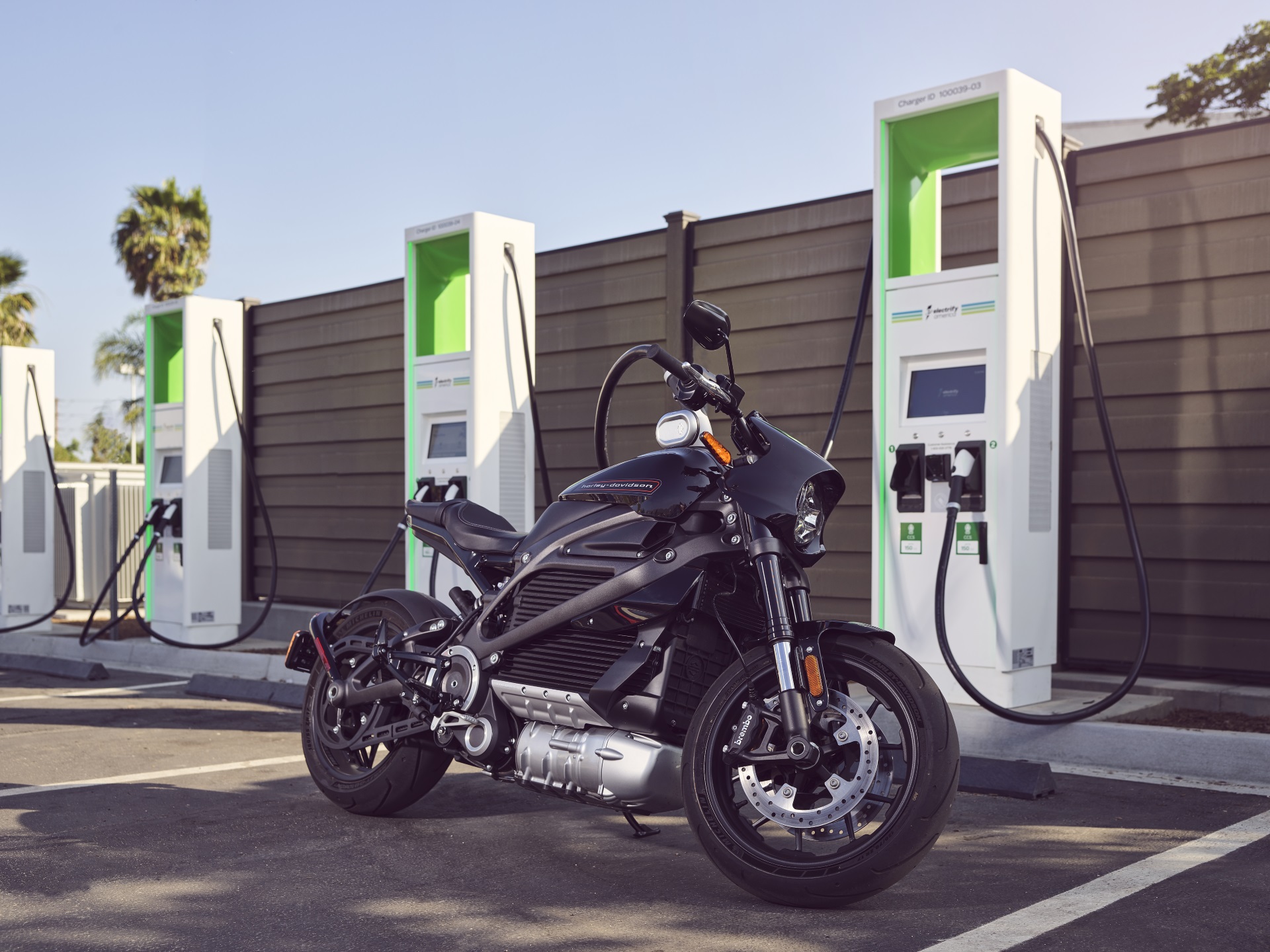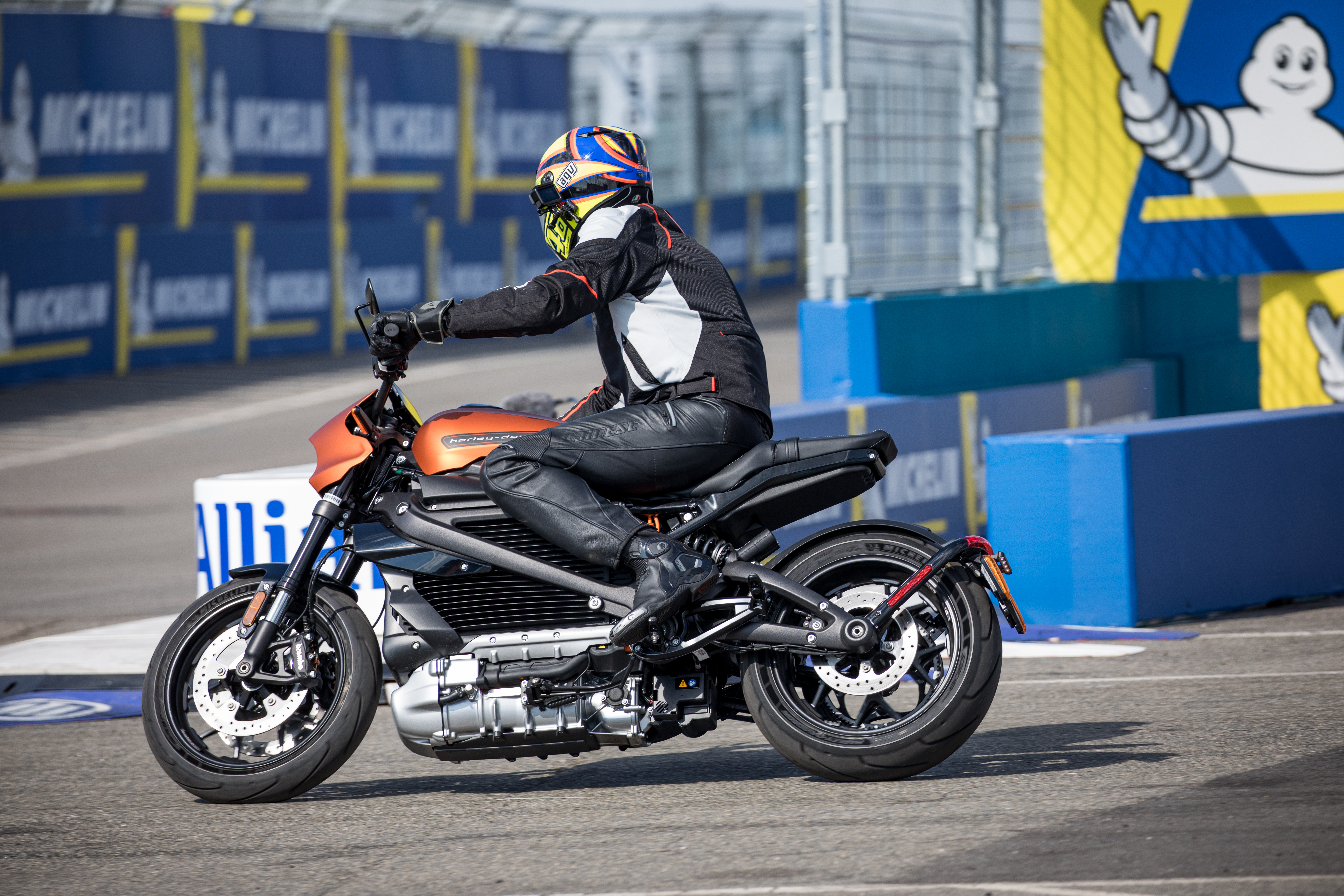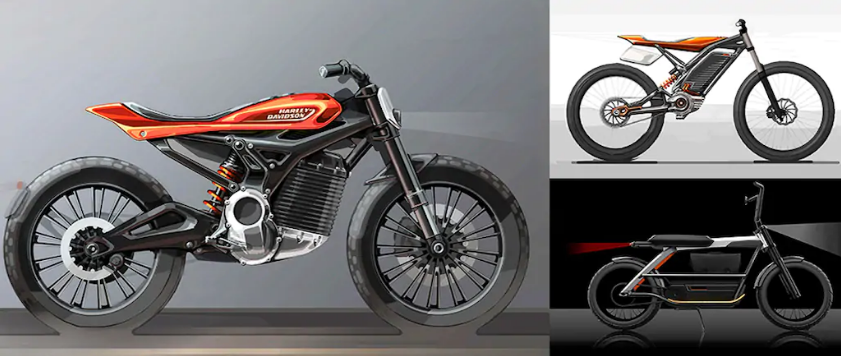Harley-Davidson will release its first production electric motorcycle in September, the LiveWire.
Yes, the American symbol for internal combustion, chrome and steel is going all in on two-wheeled EVs.
Founded in Milwaukee in 1903, Harley Davidson opened a Silicon Valley office in 2018 with plans to add a future line-up of electric vehicles—from motorcycles to bicycles to scooters.
With these moves HD joins a list of established transportation companies that are redefining themselves in the transformation of global mobility.
TechCrunch talked to the company’s senior management on the EV pivot and got a chance to test the LiveWire on New York’s Formula E race track.
The battery powered Harley will do 0-60 mph in 3 seconds, 110 mph, and charge to 100 percent in 60 minutes for a $29,799 MSRP.
The motorcycle’s 15.5kWh battery and magnet motor produce 105 horsepower and 86 ft-lbs of torque for a city range of 146 miles (and 95 for combined city/highway riding).

In contrast to some of Harley’s minimalist gas motorcycles, the company teched out the LiveWire. The e-moto has five processors to manage performance and app-based connectivity, according to HD’s Chief Engineer for EV Technology, Sean Stanley.
The LiveWire’s tablet type dash synchronizes with smartphones and allows for preset and customized digital riding modes. From the dash or a smartphone one can calibrate and monitor the LiveWire’s power output, charge-status, traction-control settings, and ABS braking characteristics. The EV has navigation capabilities and a Bluetooth system for music, helmet comms, and to accept incoming phone calls.
Harley Davidson is famous for its internal combustion rumble—which warranted a new signature electric sound generated from the LiveWire’s mechanical movements. “We spent a lot of time optimizing it…The sound comes from a combination of the electric motor, the transmission, and the drive line,” explained Stanley.
You can power the LiveWire on a home outlet or get your electric motor running to head out on the highway with the same fast-charging networks that power Teslas—such as Chargepoint.
HD is also adding charging stations at its LiveWire selling dealers and announced a partnership last week with Electrify America to provide new owners 500 kW for free.
Harley Davidson’s electric-shift puts the iconic American company in a position to hedge competition from e-moto startups, as it jumps out front as the EV leader among established motorcycle companies.
The major gas names have been slow to embrace production e-motos. None of the big motorcycle manufacturers—Honda, Kawasaki, BMW—offer a street-legal, electric motorcycle in the U.S. KTM introduced its Freeride E-XC off-road motorcycle in 2018 and will soon offer a junior version for the first all electric Supercross racing class.
Harley’s electric moves come after a period of revenue decline for the company and stagnation in the powered two-wheeler market.
The U.S. motorcycle industry has been in pretty bad shape since the recession. New sales dropped by roughly 50 percent since 2008—with sharp declines in ownership by everyone under 40—and have never recovered.
 Analysts, such as UBS’s Robin Farley, have suggested that appealing to the preferences of more tech-savvy millennials, over those of baby boomers, should be a priority for Harley Davidson.
Analysts, such as UBS’s Robin Farley, have suggested that appealing to the preferences of more tech-savvy millennials, over those of baby boomers, should be a priority for Harley Davidson.
For the last several years, e-motorcycle startups have worked to produce models that rejuvenate interest from a younger generation, while creating gas rider converts. In addition to offering more tech features to attract new riders, companies such as California based Zero have worked to close gaps on price, range, charge times and performance compared to petrol powered motorcycles. The startup began shipping its 2020 $18,995 SR/F model—a potential LiveWire competitor—with a 161 mile city range, one-hour charge capability, and a top speed of 124 mph.
E-moto startup Fuell will debut its $10,995 Flow with 2.7 second 0-60 speed, 150 mile range, and 30 minute charge times in Europe this year, then the U.S., according to founder Erik Buell.
 So market competition aside, what’s it like to ride Harley Davidson’s LiveWire? Nearly a dozen laps around NYC’s Formula E circuit offered a solid first impression. The LiveWire is everything that’s becoming the e-motorcycle experience: lightning-like acceleration with little noise beyond the wind cracking around you.
So market competition aside, what’s it like to ride Harley Davidson’s LiveWire? Nearly a dozen laps around NYC’s Formula E circuit offered a solid first impression. The LiveWire is everything that’s becoming the e-motorcycle experience: lightning-like acceleration with little noise beyond the wind cracking around you.
The biggest distinction between the LiveWire—vs. gas motorcycles—is its monster torque and uninterrupted forward movement. The machine has one gear, so there’s no clutch or shifting. With only a battery, processor, and drive-train there’s much less that needs to happen mechanically to deliver power from the throttle to the rear wheel. You simply twist and go.
As Harley Davidson rolls out its adrenaline inducing LiveWire, there are several things to watch. The first is how the $29K price-point fares in the market vis-a-vis startup competitors, such as Zero—who are launching comparable, yet less expensive e-motos. HD’s Paul James (see video) gives LiveWire an edge over Zero on performance attributes and Harley’s service and dealer networks. Sales figures will soon tell if buyers agree.
Harley Davidson’s EV foray could also create the spark that pushes the gas motorcycle industry toward electric—which would make HD a case of the almost disrupted transportation company becoming the disruptor.
 And even more significant than the LiveWire release is what Harley Davidson offers next. The company has committed to produce a lighter, lower priced, e-motorcycle in the near future, as well as e-scooters and e-bicycles.
And even more significant than the LiveWire release is what Harley Davidson offers next. The company has committed to produce a lighter, lower priced, e-motorcycle in the near future, as well as e-scooters and e-bicycles.
At an event this spring, Harley Davidson’s VP for Product Marc McAllister stressed the need for HD to remain a premium motorcycle transportation company, while developing products for a more on-demand, urban mobility era.
Harley Davidson’s LiveWire is a leap in that direction, but the company’s next round of two-wheel EVs—and the market response—will tell us more about HD’s relevance in the transformation of how people chose to move from place to place.
0 Comments
Post a Comment